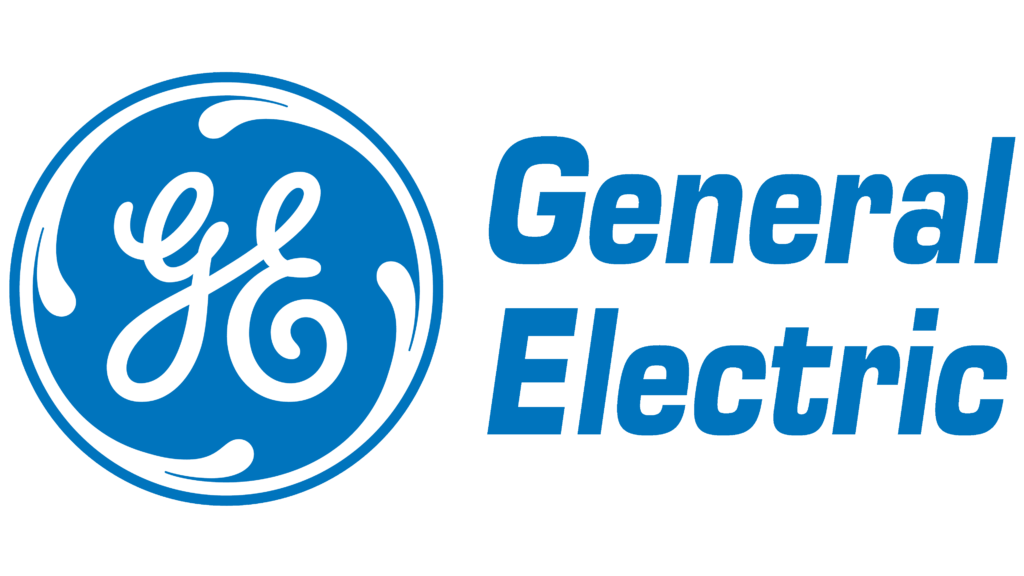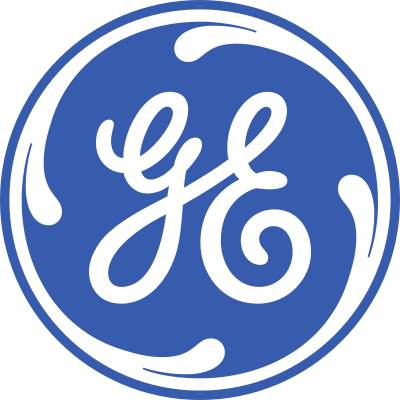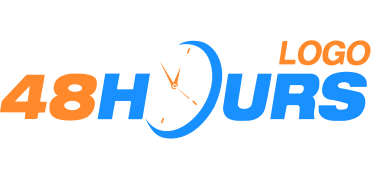Multiple logo layout variations are a necessity for several reasons, and here we will try to single out the most important reasons why it is good to have different layouts of the logo.
We live in an era of multiplatform communication and that would probably be the most comprehensive answer to the question of why it is necessary and good to have a logo made in different variations.
Why do we need multiple logo variations and layouts!?
Multiplatform communication, which every company and brand needs today, includes different formats and spaces that impose the need for different logo layouts. Simply put, the logo you can use on your new billboard is not the one that will look good and communicate well in the Facebook feed.
Social networks generally require versions of logos that are simplified given the visually small spaces they offer.
For example, for social networks, it is best to use two variations of the logo, “submark logo” or “icon logo”.
In parallel, let’s look at printed formats. If you are printing some promotional material for your company such as a calendar or business diary, then it is quite certain that you will again need a slightly simplified layout of your logo. Immediately when creating a logo, it is necessary to talk to designers about this topic and keep this in mind, and exchange all ideas for the logo in different layouts for different applications.
If you make a logo through the design contest process, then the design brief must state that you want variations for various applications, that is, as many layout combinations as possible.
Of course, experienced designers know this need for different variations very well, but it is worth mentioning and underlining, because then you will certainly have a good range of different layout variations, and it will be very useful later in using this logo and will be of great benefit to you.
There are businesses that have a special, larger than usual, need for different layouts. For example, restaurants. Restaurant logos should have as many variations as possible, as they simply need to be widely used. From logo printing on the door, through menus, to newspaper ads, websites, mobile applications, etc.

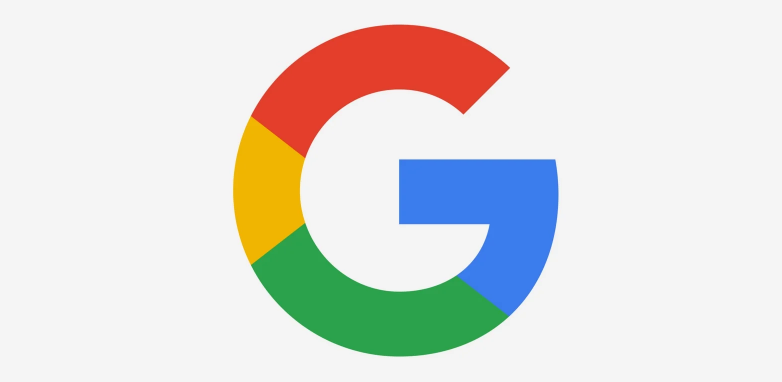
There are four basic logo layout variations…
The usual division of logo variations is into four different layouts. Primary, secondary, submark, and (fav)icon.
The primary logo
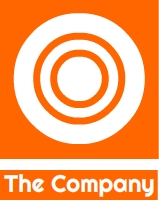
The primary logo is the most basic logo – the main logo. It contains the layout that is most commonly used, the company name, that is, the brand name, and the basic element of the logo.
The secondary logo
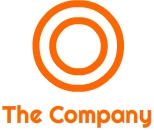
The secondary logo is a customized, simplified, and slightly modified logo for some platforms and occasions. It is often called a stacked logo.
In general, the changes are small, and despite the different layout of the letters of the company name, most often the logo element itself is reduced or placed differently. It is mainly about the fact that, for example, if the name of the company is written horizontally in the main logo, then the name of the company is written vertically in the secondary logo. Or, for example, if the logo element is above the name, in the secondary version of the logo the element is placed horizontally next to the name.
Of course, these are changes that do not mean changing the concept of the logo – recognizability must be maintained.
Submark logo
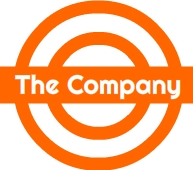
Submark is an extremely simplified logo that retains the name of the company, ie the brand, in its concept. Or at the very least, it retains the initials of the company name in its concept. Its use-value is especially emphasized where good fit is needed in small spaces, spaces such as social networks profile images, or mobile apps.
Icon logo

Icon, or as it is often called “brand element”, ie, in the slang of web designers “favicon”, is the simplest variation of the logo and it is actually just the basic element of the logo.
It is interesting to note that many modern companies actually have only this version of the logo. Pure minimalism. Just an icon. An example is Snapchat.
These companies, such as Snapchat, rely on the recognizability of their brand, to the extent that they do not want to distort their recognizable sign even by writing the name of their brand, ie. companies. Iconicity as a philosophy of design. Brutal iconicity.
